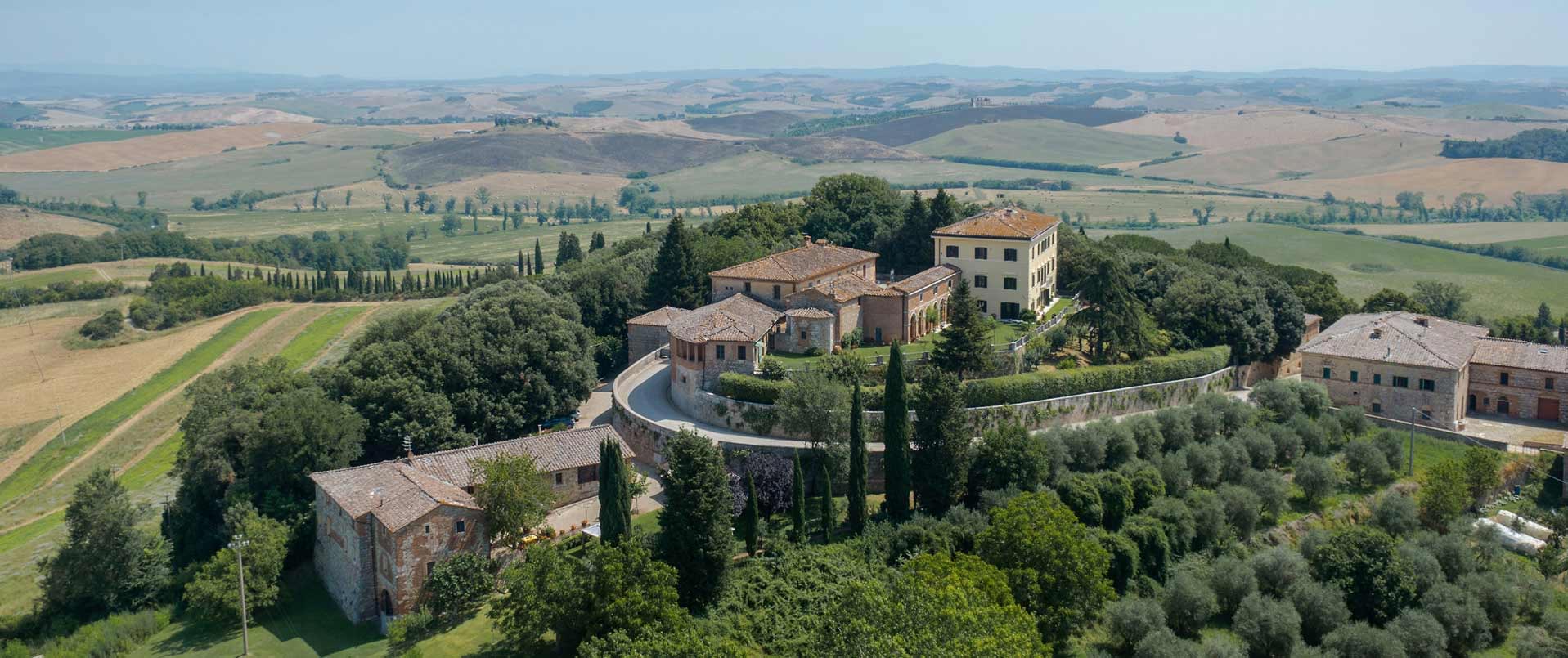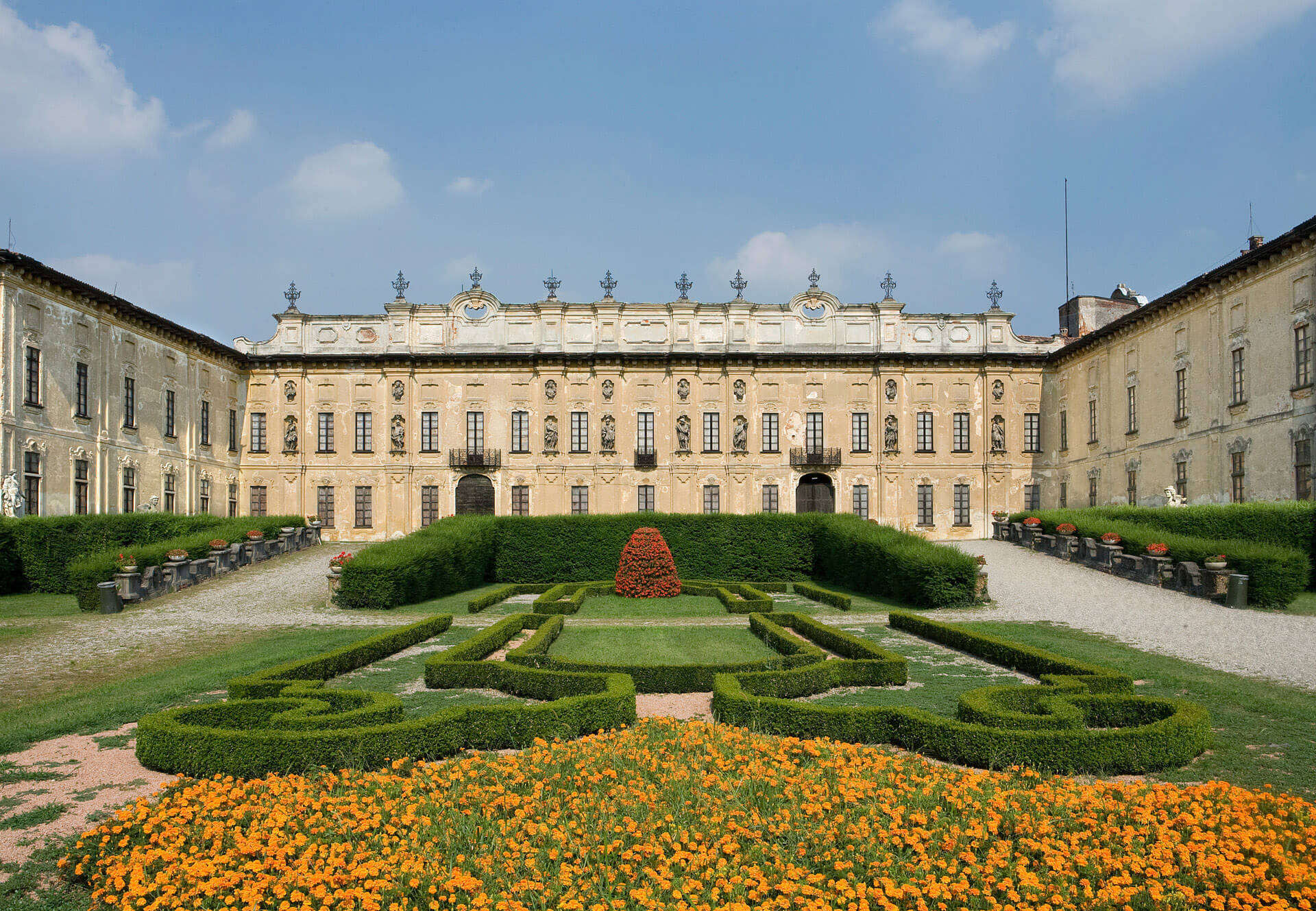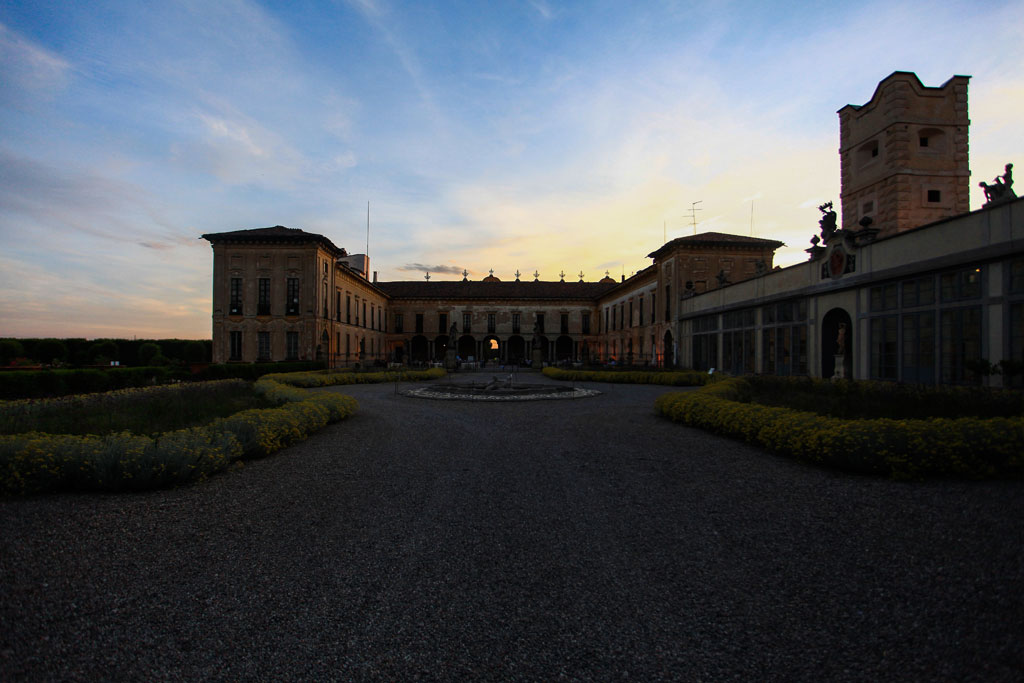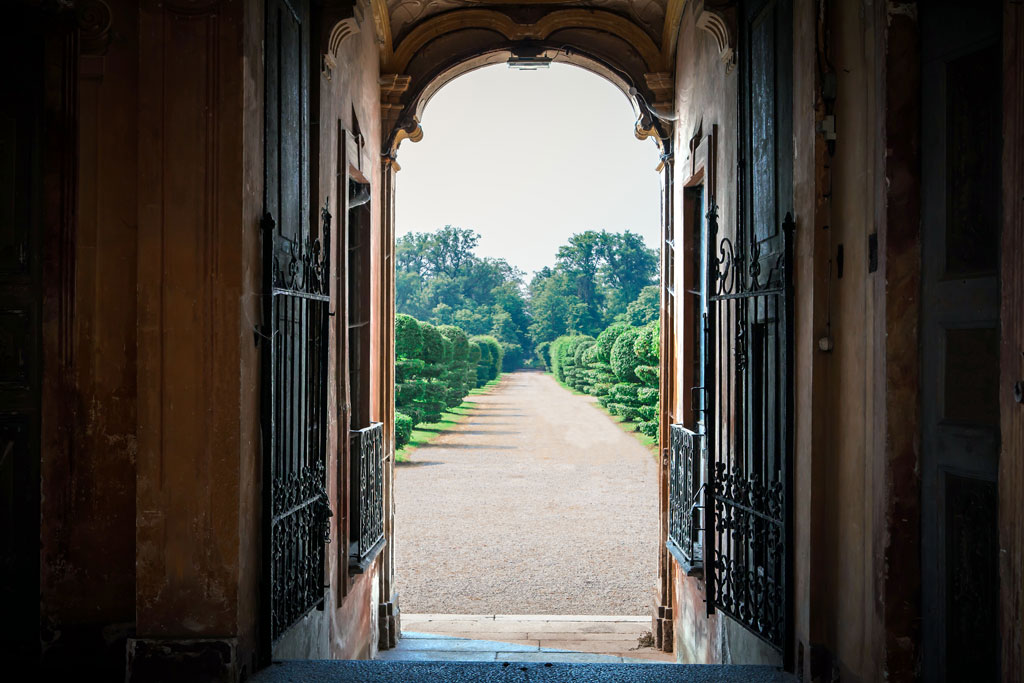





Villa Arconati, home to the Augusto Rancilio Foundation
Considered to be one of the most beautiful and majestic Ville di delizia or ‘Villas of Delight’ in Milan, Villa Arconati has a particularly rich historical, cultural and architectural heritage. The Villa – which today, together with its Garden, is home to the Augusto Rancilio Foundation – is located in the Groane Park in the tiny hamlet of Castellazzo di Bollate, from which it also takes the name “Castellazzo”, dating back to when it was first built in the Middle Ages. Adjacent to the Villa, just as they were in former times, a rural village and the Church of San Guglielmo are to be found. The Garden is truly remarkable. It is one of the few created in Italy in the ‘French style’ and is the only one of its kind of such importance in Lombardy. It has a very intricate layout and is particularly rich in tree species, decorative elements, sculptures and fountains, which collectively represent some of the distinctive features that make Villa Arconati so significant in terms of our Lombard and national historical heritage.
The history of Villa Arconati
Regarded as an Italian-style reinterpretation of Louis XIV’s Versailles Palace, the structural appearance of the Royal Villa today is exactly the same as that completed by the Arconati family at the end of the 18th century and is a perfect embodiment of the elegance and refinement of the Lombard Baroque style imposed upon the previous layout of the earlier 17th-century building. The Garden is truly remarkable. It is one of the few created in Italy in the ‘French style’ and is the only one of its kind of such importance in Lombardy. It has a very intricate layout and is particularly rich in tree species, decorative elements, sculptures and fountains, which collectively represent some of the distinctive features that make Villa Arconati so significant in terms of our Lombard and national historical heritage. The internal areas of the Villa today are a living testimony of a deep appreciation and passion for the arts. It is a cultural epicentre devoted to architecture, classical art, music and the science of the ‘knights’ that formerly animated this noble residence.
Palaces of interest nerarby:
The Parco delle Groane is a protected area that occupies the most continuous and important semi-natural terrain of the upper Lombard plain to the northwest of Milan. It is a heathland of great geological interest, consisting of clay plateaus. Its extensive moors, which preserve peculiar species of flora and fauna, progressively extend into a woodland of Scotch pines and birches, culminating in woods that contain tall oaks and hornbeam trees.
 Co-Working
Co-Working
 Film sets
Film sets
 Gardens
Gardens
 Parks
Parks
 Pet Friendly
Pet Friendly
 Private events
Private events
 Residences
Residences
 Spirituality
Spirituality
 Visits
Visits
 Weddings
Weddings
 Cultural tourism
Cultural tourism  Excursions
Excursions  Gardens
Gardens  Hiking
Hiking  Historic Homes open to visitors
Historic Homes open to visitors  Nature
Nature  Sports
Sports  Walking itineraries
Walking itineraries Nessun appartamento configurato per questa dimora o la visualizzazione degli appartamenti non è attiva.